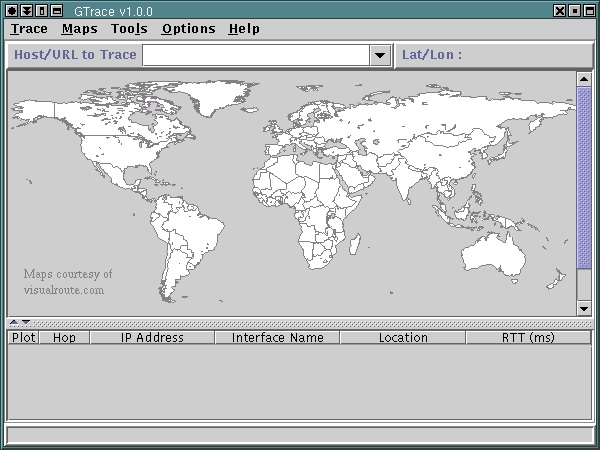Message Types
Uses
References
| Ping | Ping was invented in 1983 to test networks. It quickly became a standard tool, and is now found in every computer system. It sends an 64 byte echo packet to a host and listens for the response. The response is an echo reply message. These ICMP messages are explained on the Message Types page. This is a very useful tool for network trouble shooting as it can be used to confirm a connection to a host. |
| Traceroute | Maps a route to a given host by adjusting the TTL, Time To Live, of an ICMP message. The number of host that the message passed through can be determined by looking at the difference in TTL values from leaving to when it returns.  |
| Fragmentation | ICMP packets can be used to determine at what size packets will be fragmented on a specific link. This value can then be set as the max packet size for that link. It also can tell if the packet can't be fragmented. An ICMP message is sent when there is no fragment flag on a packet that needs to be fragmented. The efficency of the link is increased when none of the packets are fragmented or need to be. |
| DoS | DoS, Denial of Service, attacks are used by hackers to take down web servers and clog the Internet. ICMP messages can be abused in these attacks by different programs. These programs send an enormous number of requests or ICMP messages that cause an overload of ICMP packets to be sent and received by servers. These servers are clogged creating ICMP messages such that other real packets can't be processed. These ICMP messages sent out by the server also cause congestion blocking other packets. Two example hacker programs are Stacheldraht and TFN which flood the internet with ICMP error messages. |